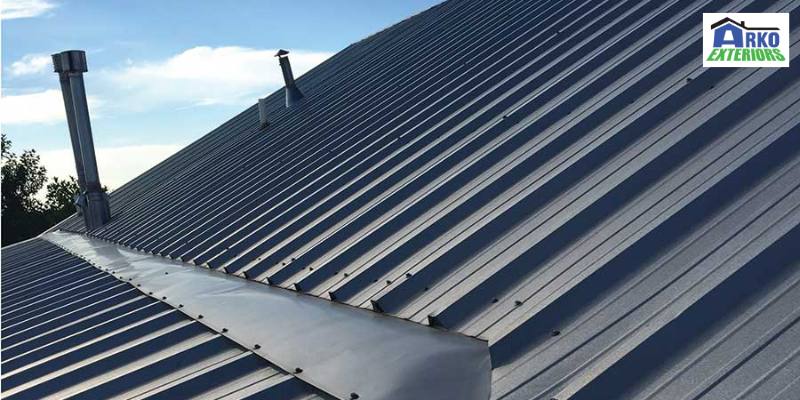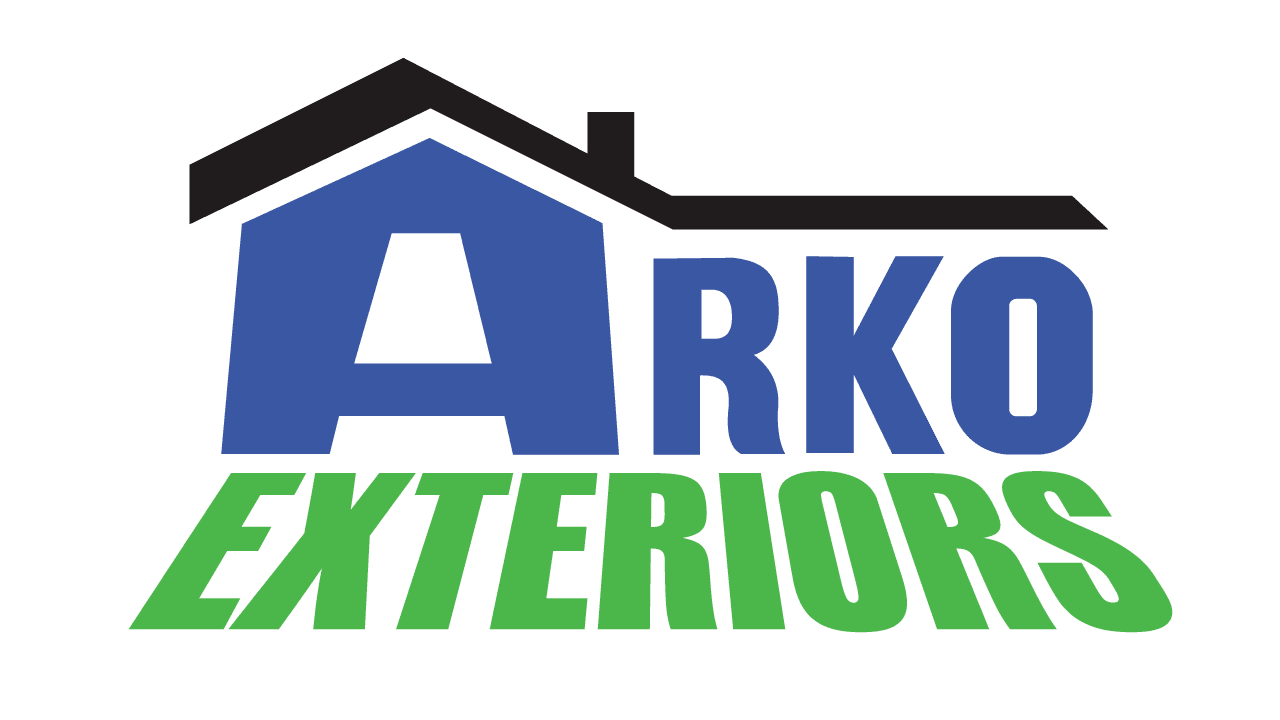Both residential and commercial structures require proper roofing. The roofing market has expanded to the point where slate, asphalt and tile-like roofing is now within reach of most people.
Metal roofs are among the roofing materials that most customers choose. It is one of the many roofing designs that goes well with both classic and contemporary building architecture. Therefore, to improve the building’s appearance, many commercial companies choose this roofing over others.
However, there are several variables to consider when choosing the right sheets for commercial buildings.
To withstand internal and external influences, warehouses, retail stores and office buildings require specifically engineered roofing.
Therefore, before constructing roofing, architects must take into account aspects such as the area’s climate zone, building constructions and many more details.
Appropriate or right roofing material

The most important consideration is picking the appropriate material for the commercial building’s roof. Zinc, copper and steel are the most often utilized materials for metal roofing in Minnesota.
Steel is most frequently utilized in commercial businesses. To strengthen the roof’s protection, steel is either coated or galvanized.
Similarly to this, when choosing the roofing, metal thickness is also important. The gauge thickness in the sheets operates proportionally, so the higher the thickness, the lower the weight. Therefore, for greater durability and simple installation, always choose a thicker metal roof.
Connections and configuration
Roofing can be made of panels or sheets that are vertical or horizontal. After installing the metal roofing, the metal panels are a type of metal roofing that is folded or crimped together. Thus, these metal shingles are resistant to severe weather elements including wind, rain and snow. Threaded washers and fasteners mechanically lock the metal panels together.
Choose a roof that is well-connected and properly structured to significantly counteract external pressure.
Similar to this, seek purlins that perfectly match the design of your roofing. C purlins are appropriate for horizontal metal panels.
Underlayment
To prevent wear and tear, a thin substance called an underlayment is placed beneath more traditional roofing materials. It also has the effect of softening the roofing material.
To protect the roofing from things like wind and moisture, underlayment is crucial. Self-adhering membranes, felt and synthetic sheets are the most typical underlayment materials for metal roofing.
Because it functions as a thermal barrier in every way, commercial roof insulation is crucial.
During storms, the thermal insulation under the panels acts as a sound barrier. Similar to this, check to see if there is a slip sheet between the underlayment and metal roof to prevent sticking in hot weather.
Insulation
It is essential to have insulation behind the panels to prevent heat bridging and to act as a sound barrier during hail or rainstorms. Extruded polystyrene, expanded polystyrene or fiberglass insulation panels can be installed over a solid deck substrate as rigid insulation boards.
Have a budget
It might be simple to allow your financial situation to dictate your choice when making a large purchase like a commercial roof.
It’s crucial to keep in mind that your roof is an investment and that to fully appreciate its worth, you must take into account factors other than just the purchase price.
By taking into account elements like potential future maintenance, repairs, longevity and any guarantees, you should account for the full lifetime cost of the roof.
Roofing materials with lower initial costs can have a shorter lifespan, necessitating repairs or even total replacement considerably sooner than materials with higher initial costs.
When you compare your original investment to the money you will save over time, roofing systems with additional features like the capacity to be recoated, high energy efficiency or outstanding warranties may end up paying for themselves.
Metal roofing

The metal used for metal roofs is typically galvanized. These materials are great choices for energy efficiency since they are exceptionally strong, long-lasting and sturdy. You can select from a variety of metal types and designs.
Impact on the environment
Commercial real estate will increasingly focus on eco-friendly features. High-quality roofing plans with sufficient insulation and ventilation to boost energy efficiency are one approach to do this.
A business roofing system can also be deemed environmentally friendly if it uses recycled materials, can be recycled when its useful life is up, can support solar panels or has reflecting qualities.
It’s a terrific idea for business owners to think about how lowering their carbon impact can help lower their costs.
Building owners can switch to a more ecologically friendly roofing system thanks to tax advantages offered by Minnesota and many other states.
Consider this when making your decision and you might save more than you think.
Summary:
Finding the right roof for your commercial business shouldn’t have to be a daunting experience. When you work with Arko Exteriors, our experts will help you find the best roofing material for your specific needs. Call Arko Exteriors at 763-434-2756 for more information.

